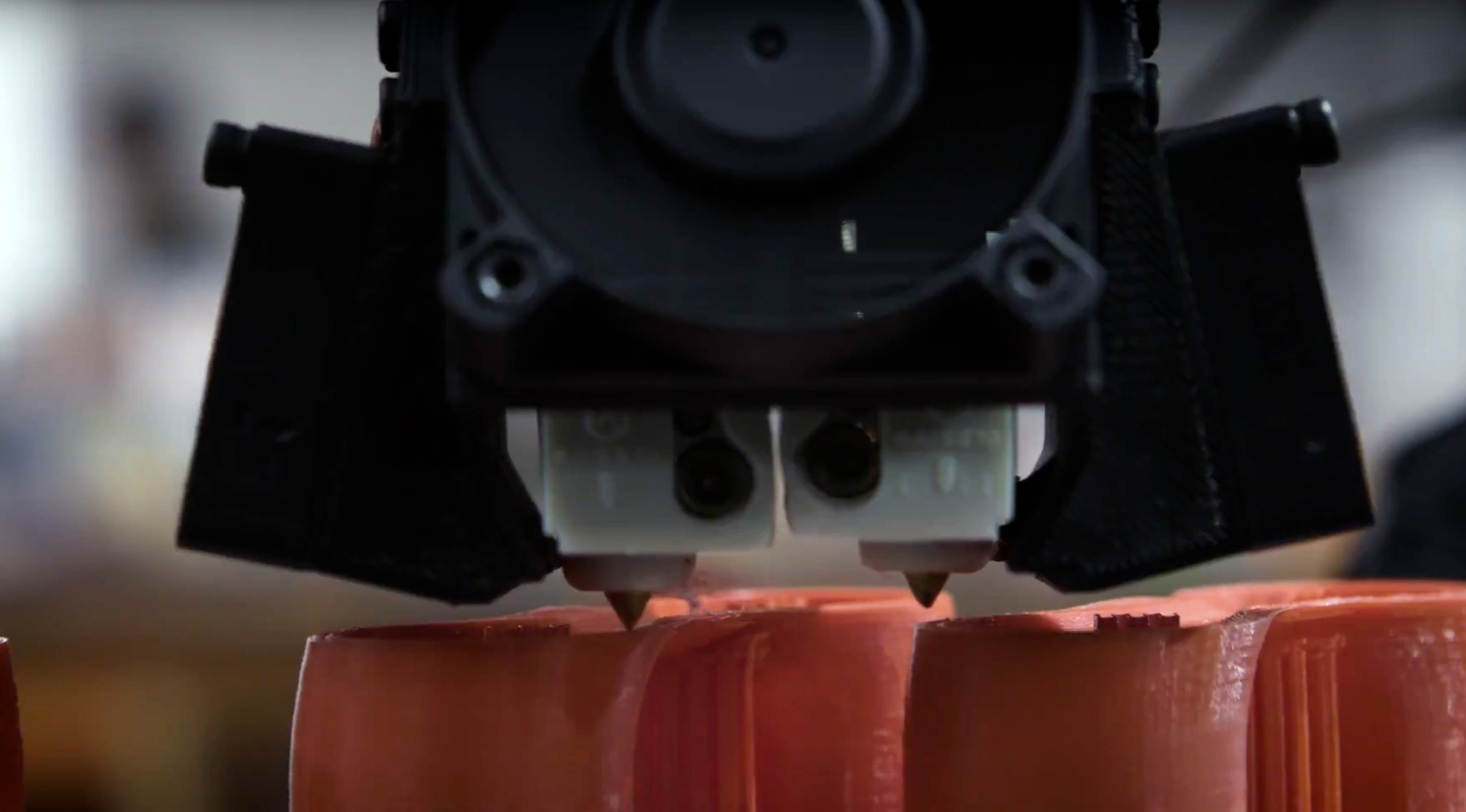

Select 'Programs and Features' on the right under Related Settings Right click on the Windows Start button and select 'Apps and Features' Minimum of 5 GB of disk space, recommended 15 GB.Minimum of 4 GB of memory, recommended 8 GB.CPU support for virtualization extensions and virtualization enabled in the system BIOS/EFI.A 64-bit processor with Second Level Address Translation (SLAT).The following are additional system requirements for Hyper-V:
#Image pro plus wiki windows 10#
Hyper-V is not included in Windows 10 Home, which can be upgraded to Windows 10 Pro. Ubuntu on Hyper-V can be enabled on the following Windows operating systems: To use Linux software on Ubuntu that is not yet supported on the Windows Subsystem for Linux. To have access to a complete Ubuntu desktop environment without dual-booting a PC.To introduce Ubuntu in a Windows-centric IT environment.There are several use-cases for running Ubuntu on Hyper-V: Hyper-V allows Ubuntu to be run in parallel or in isolation on Windows operating systems.

Hyper-V was first released for Windows Server 2008, and is available without additional charge since Windows Server 2012 and Windows 8.įor more information on the difference between type 1 and type 2 hypervisors, click here. Hyper-V is a native type 1 hypervisor developed by Microsoft for the Windows family of operating systems, similar to Xen or VMWare ESXi.


 0 kommentar(er)
0 kommentar(er)
